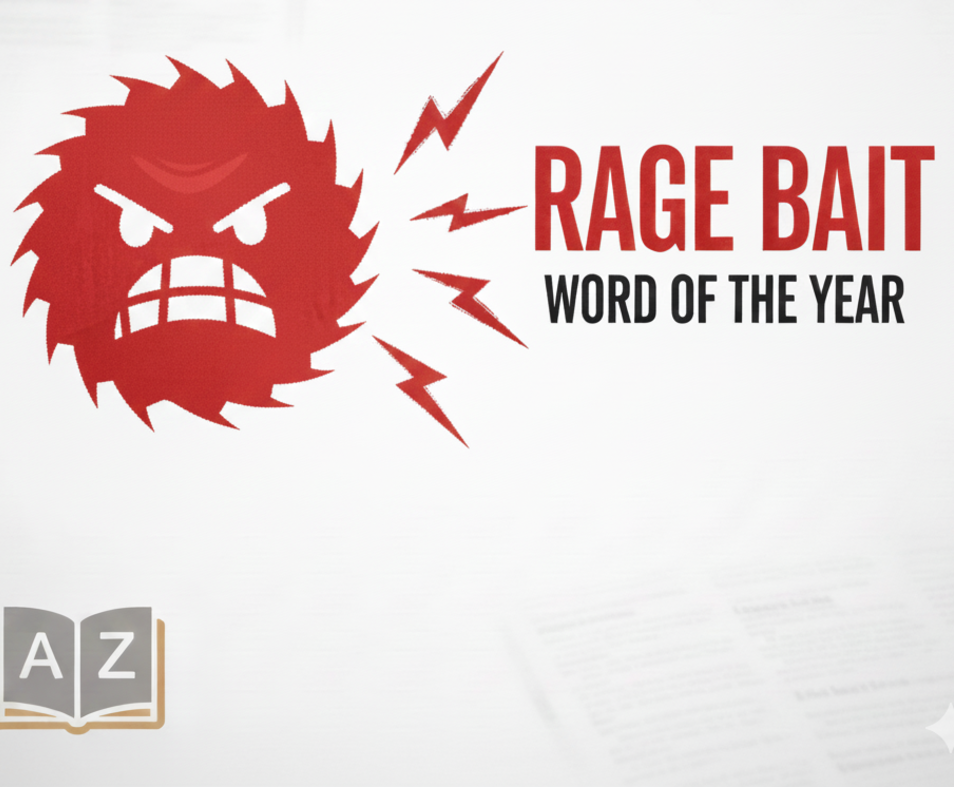The Taj Mahal, an immense mausoleum of white marble, is now turning green and India's top court has asked the government to seek foreign help to fix the problem.
Justices Madan Lokur and Deepak Gupta examined photographs of the monument submitted by environmentalists and asked the government to seek help from international conservation experts to restore it to its pristine glory.
"Even if you have the expertise, you are not utilising it. Or perhaps you don't care," court justices said. They also noted that the colour of the marble "was first becoming yellow. Now it seems to be green and black."
Several times over the past few decades, the palace's white marble has been coated in a mud pack in an attempt to clean it. However, there has not been much improvement.
Manoj Bhatnagar of the Archaeological Survey of India's chemical department told the BBC in 2016 that the mud pack is based on a traditional recipe used by Indian women in their beauty regime.
"A layer of fullers earth - a type of lime-rich clay - mixed with water is applied over the walls and left on for 24 hours or more to dry," he said. "Once it dries, the mud is removed and the surface is washed with distilled water to remove impurities."
The Taj Mahal's most recent mud pack treatment started in January 2018.
Pollution is not the only cause for the 17th century monument's destruction. The Taj Mahal sits on the banks of the heavily contaminated Yamuna, which is a breeding ground for insects that leave green marks on its marble domes.
"Fifty-two drains are pouring waste directly into the river and just behind the monument, Yamuna has become so stagnant that fish that earlier kept insect populations in check are dying. This allows pests to proliferate in the river," environmental activist DK Joshi was quoted as saying by BBC.
Although these green patches are washable, frequent scrubbing removes the sheen off the marble.





 Rage bait isn’t just clickbait — it’s Oxford University Press’ word of the year for 2025 iStock/Gemini AI
Rage bait isn’t just clickbait — it’s Oxford University Press’ word of the year for 2025 iStock/Gemini AI 
 Online Trends iStock
Online Trends iStock Rage bait isn\u2019t just clickbait \u2014 it\u2019s Oxford University Press\u2019 word of the year for 2025 iStock/Gemini AI
Rage bait isn\u2019t just clickbait \u2014 it\u2019s Oxford University Press\u2019 word of the year for 2025 iStock/Gemini AI 






